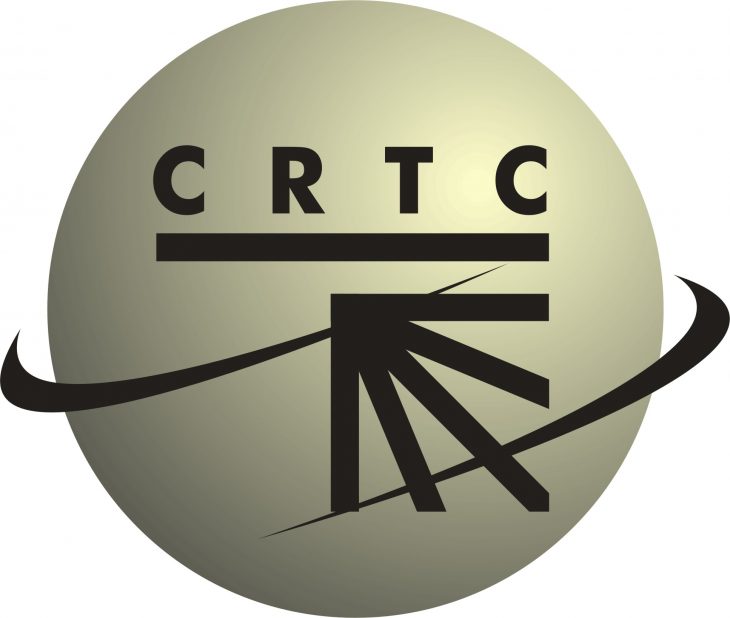
By Denis Carmel
GATINEAU – The Accessible Canada Act (ACA) came into force on 11 July 2019, with the objective of realizing a Canada without barriers for people with disabilities.
“The ACA furthers this objective by imposing certain reporting obligations on entities under federal jurisdiction, including broadcasting undertakings, Canadian telecommunications common carriers, and telecommunications service providers,” mentions the CRTC’s notice of consultation aimed at devising a regulatory framework following passage of the ACA.
“The Commission sets out the content of the Canadian Radio-television and Telecommunications Commission Accessibility Reporting Regulations (the Regulations), to be made under the Accessible Canada Act (ACA) and calls for comments on the text of the draft Regulations,” reads the February 2021 NoC.
Intervenors and interested parties had until March 22 to comment on these draft regulations and 30 filed interventions.
Companies with less than 10 employees are exempted from this, but the next class is from 10 to 99 but as the Canadian Association of Broadcasters stated, “Unfortunately, as the draft regulations stand, the only greater flexibility provided for smaller broadcast entities in the 10 to 99 employee range is an additional year to file a first accessibility plan.”
“The reporting burden that imposition of accessibility planning, development of feedback mechanisms and annual reporting requirements places upon such companies is not proportionate to the intended purpose of the proposed regulation in this area,” says the Canadian Communication Systems Alliance submission.
The groups fear the framework as proposed would “a morass of documentation that cannot be easily or meaningfully used” and it would add pressure not only on small companies but also on the accessibility community the CCSA argues.
As the Competitive Network Operators of Canada wrote, “As of today, there are 4,370 entries in the Commission’s ‘Registered Telecommunications Provider’ list, which implies that over 4,000 entities will be consulting with accessibility communities in 2021, and filing various reports to the Commission.”
ARCH Disability Law Centre Centre is a specialty legal clinic that practises exclusively in disability rights law. They offer that “the draft regulations do not require accessibility plans and progress reports to include specific information that is essential for ensuring that plans and reports yield real progress towards full accessibility. ARCH submits the CRTC has taken an impoverished view of its regulation making powers under the ACA.”
The draft regulation is somewhat vague, so the CAB proposes: “a more effective, meaningful, and efficient reporting obligation for broadcast entities with between 10 and 99 employees and an alignment of reporting for those entities to the normal CRTC annual filing deadline of November 30th. The proposed reporting obligation for such entities would consist of completion of a standardized form which would be issued by the Commission as one of the forms licensees are required to complete and file. Development of that form would occur prior to January 1, 2024, through a cooperative stakeholder/CRTC process, such as a CRTC endorsed ACA Working Group of affected broadcasters and key stakeholders, as proposed by the CAB earlier. A standardized feedback process and progress report process would also be developed.”
That could help CRTC staff tabulate and provide reports more easily, but it could be seen as a stalling tactic, as has been known to happen, where extensions are requested and sometimes granted.
However, the Council of Canadians with Disabilities (CCD) argues “Regulated entities have known that they will need to develop accessibility plans and progress reports since the ACA became law, nearly two years ago. They have known the CRTC would pass a regulation by July 10, 2021. Consequently, they should have already begun taking steps to develop their initial plans.””
The Canadian Association of the Deaf-Association des Sourds du Canada (CAD-ASC), Deaf Wireless Canada Consultative Committee-Comité pour les Services Sans fil des Sourds du Canada (DWCC-CSSSC), and Canadian National Society of the Deaf-Blind (CNSDB) jointly stated “No entities should be exempt. If there is an exception, the abrasive vein of systematic oppression of persons with disabilities that remains unchanged to this day will continue. Regardless of the size of employees/company, it is our perspective that accountability should be in place.”
Final replies are due on April 1 and the ACA also stated the CRTC is required to make at least one regulation relating to broadcasting undertakings and at least one regulation relating to Canadian carriers and TSPs by 10 July 2021.



